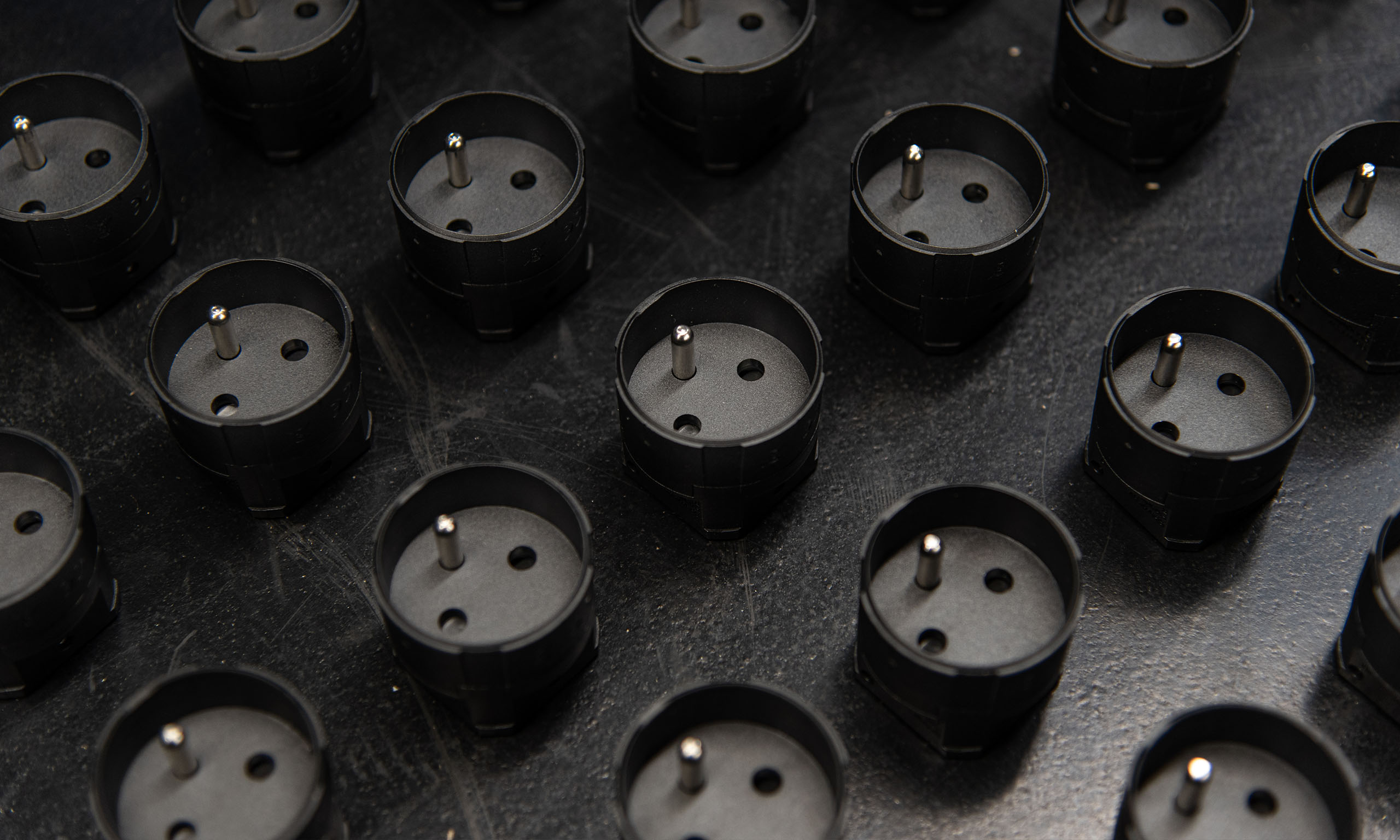FAQ
Where can I place my order?
We’re happy to come over and give you a demo. We can bring you in contact with one of our preferred installers or distributors. Prefer to work with your own installer instead? Contact us so we can get to know the installer or distributor of your choice. Or send us an e-mail at orders@prado.eu.
Where can I find a price list ?
Thanks for asking. You can find it here.
Where can I find the technical data sheet for each product?
Short answer: the technical data sheet can be found on the product page. The step-by-step explanation: Choose the ‘Products’ menu on the homepage. You will then see a complete overview of all products. Select the desired product by clicking on it. Scroll down the product page until you see ‘Downloads’. When you click on the plus sign next to ‘Downloads’, the tab opens and you will find the technical data sheet (product sheet) and the installation instructions.
Where can I find an overview of all products?
That’s an easy one, click here to download our product overview. Or you can choose the ‘Products’ menu on the homepage. You will then see a complete overview of all products. Choose any product. Under the product description you can click on ‘product overview’ to download an overview.
Is rond 2.0 series available for push buttons?
Yes, the rond 2.0 potential-free push buttons and rond 2.0 switch (230 V) are compatible with all rond 2.0 installation kits. Go to the products.
Are rond push buttons removable after installation?
rond 2.0 is removable. The rond 2.0 module is removable with this removal tool. So the answer is yes.
Why can’t I choose a metal inner ring for a rond socket?
Because a metal inner ring would be harmful for electrical conductivity.
What categories of data connections are available?
Aha, good question. CAT6A is our standard data connection. Other catergories such as CAT5 or CAT7 can also be integrated. The data connections are available in rond 1.0.
Are there any other type of data connections available?
Yes, there are. Within rond 1.0 data connections, we have available: COAX, speaker connection, HDMI, USB-c and USB-a.
Do the EnOcean switches need a power supply?
No, the EnOcean switches are completely wireless and battery-free. Let us explain. When the switch is pushed, the mechanical energy supplied is converted into electrical energy, this energy is then used to send a Bluetooth Low Energy signal to the light source. Being completely maintenance-free is also a nice feature. Read more about our switches.
How are EnOcean switches connected to lighting?
Thanks for asking. The lights are simply fitted with the appropriate Casambi modules. Then, by using the free Casambi app, each switch can be scanned and paired with the light source (or group of light sources) of choice. This provides unprecedented flexibility and functionality compared to a classic electricity system. The Casambi modules can also be purchased through us if required. Read more about our switches.
How can I provide a power supply for the USB-C and USB-A connection?
A twofold answer comes your way. Either you can provide a central power supply in the electrical board for all USB-A or USB-C connections in your project. Or you can optionally integrate a 20W power supply. This power supply fits into the 1.0 mm flush-mounting box and is always accessible, even after plastering and painting.
With which voltage will the potential-free push button be connected?
The potential-free push buttons are controlled with a voltage between 12 V and 50 V (AC or DC). The maximum allowable power is 50 mA.
How does the potential-free push button control the light source?
Thanks for asking. The potential-free push button can be controlled by any home automation system. Either the push button is controlled via an interface or the inputs are located on the central board. The push button can also be controlled via a teleruptor or magnetic switch. The coil voltage must not exceed 24V (AC or DC).
How many functions does a potential-free push button have?
Good one. One push-button has two functions. Or to put it another way: in one round recessed box, you have a maximum of four functions.
Can I connect a dimmer to a potential-free push button?
Yes, a universal dimmer can be connected to our potential-free push-button. Various controls are on the market. Other possibilities are 1-10V or DALI (via interface).
Can our systems be connected to home automation?
Yes, that’s possible. Contact us via hello@rond.io and we’ll give you the information you’re looking for.
What is KNX?
In a nutshell: KNX is the world standard for homeautomation. KNX connects individual systems such as lighting, shading, heating, alarm … into one common system. It’s an open communication system.
What is Casambi?
Casambi is a manufacturer that has developed a wireless communication technology for managing lighting. Through ‘meshing’ IoT, the different modules (drivers) of your light sources communicate with each other. With this technology, we speak of smart lighting. Yes, it’s available with us.

